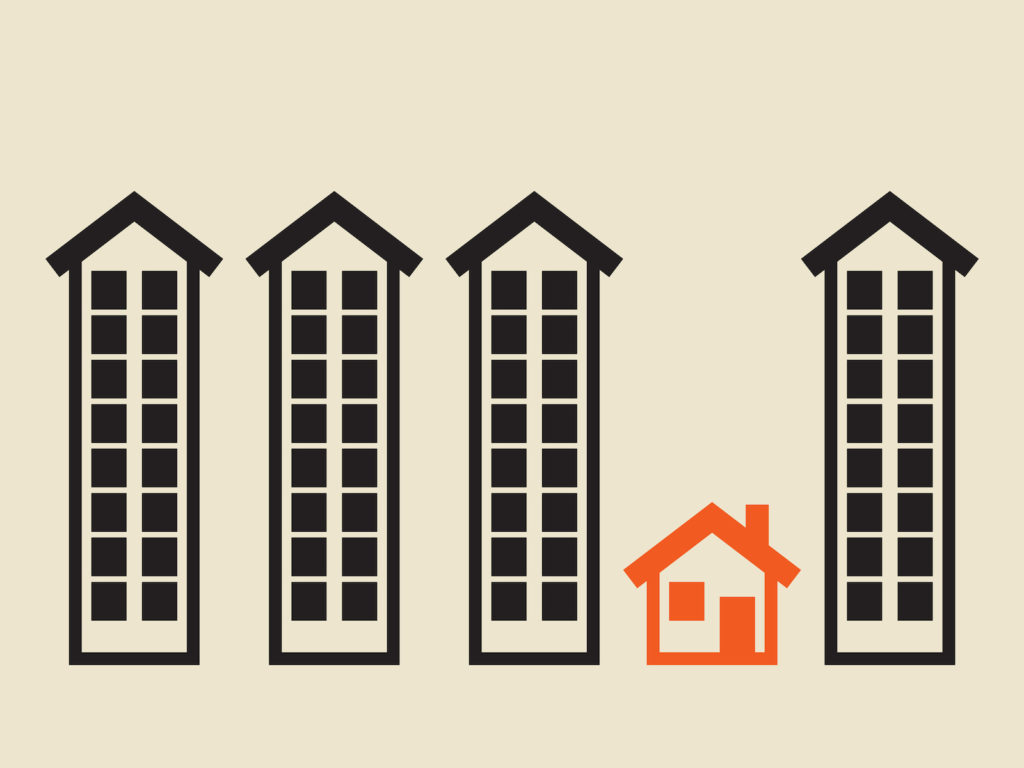The leading building automation players are investing and partnering with startup companies who have developed lower cost solutions for the light commercial buildings market.
The latest example is the Siemens acquisition of French startup, Wattsense, which enables the leading player to address this market. The acquisition by the former Building Technologies business, part of Siemens Smart Infrastructure division headquartered in Switzerland, is the first since 2018, when the group acquired three startups, Comfy, Enlighted and J2 Innovations.
Founded in 2017, Wattsense, a hardware and software company based near Lyon, France, has developed an innovative plug-and-play IoT management solution for small and medium-sized buildings (less than 5,000 m²), the majority of which are not equipped with Building Management Systems (BMS).
Henning Sandfort, CEO of Building Products at Siemens Smart Infrastructure, said: “Together with Wattsense we will accelerate the adoption of IoT systems in a wider range of buildings, bringing the sustainability, comfort, and cost benefits to more people and businesses. The SaaS business model and innovative technology stack of Wattsense perfectly complement our growing digital portfolio for our customers.”
It is interesting to note that another leading BMS player was also attracted to the Wattsense solution; Schneider Electric signed a technology partnership with Wattsense earlier this year to enrich their existing portfolio with the Light BMS solution. It is unclear how or whether this agreement will be affected by the acquisition by a close competitor.
Another indication of Siemens’ focus on the under-served small and medium-sized buildings market is its participation in the Series A funding round of 75F, the developer of an IoT-based building management system. 75F designs and manufactures an out-of-the-box, vertically integrated solution that the firm claims is more affordable and easier to deploy than anything on the market today. In the first investment led by Next47, on behalf of Siemens Smart Infrastructure, 75F raised $5 million from Siemens AG in July 2021, bringing total Series A funding to $28 million.

As we have commented previously, the reality is that big buildings only make up a tiny fraction of total commercial building stock; in fact, 94% of the commercial buildings in the US are made up of properties with under 50,000 square feet of floor space, which can include schools, offices, restaurants, banks, warehouses and retail facilities.
While large commercial buildings with dedicated facilities managers and building management budgets have dominated smart technology adoption, the vast stock of small- and medium-sized buildings now present a real growth opportunity for smart building solution providers.
“BIoT technology penetration for small- and medium-sized commercial buildings, in particular, is well behind the curve in terms of adoption. This situation is largely a consequence of the business models and economic imperatives that have historically driven the building controls market,” our report The Internet of Things in Smart Commercial Buildings stated.
“Although the cost of building controls solutions is steadily declining thanks to the proliferation and falling cost of sensor technology, deployment costs of even the most basic BAS system remain beyond the means of most smaller businesses.”
Memoori expects to see further investments by the leading smart building solution providers in the coming months, in order to augment their portfolios with innovative technology and extend their energy-efficient solutions to a wider range of building types that cannot justify the cost of a traditional controls solution today.
This article was written by Daphne Tomlinson, Senior Research Associate at Memoori.



